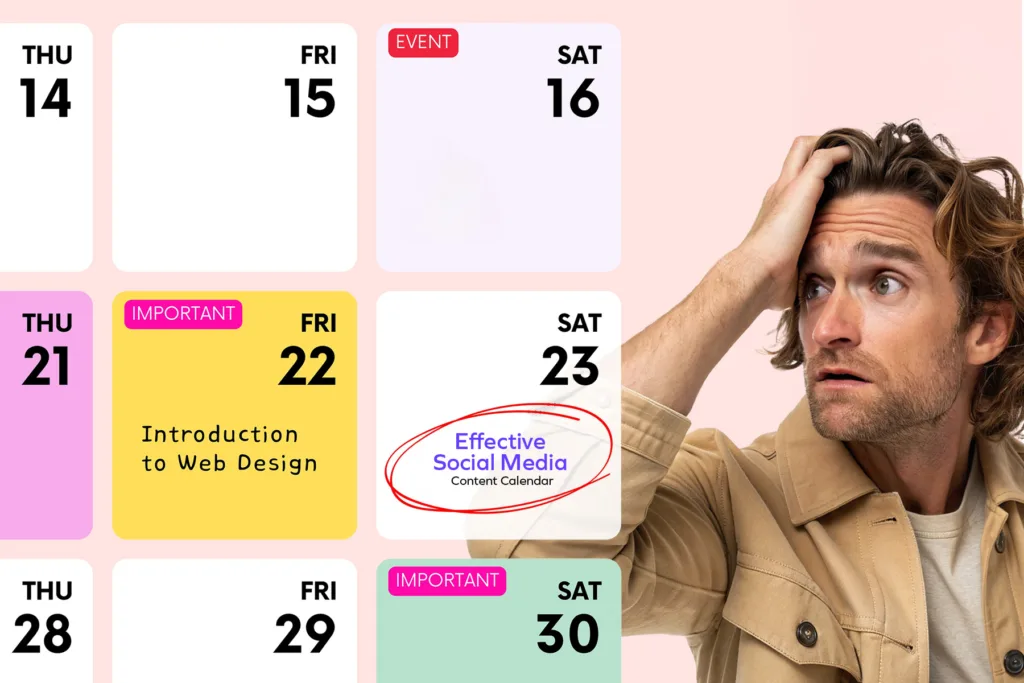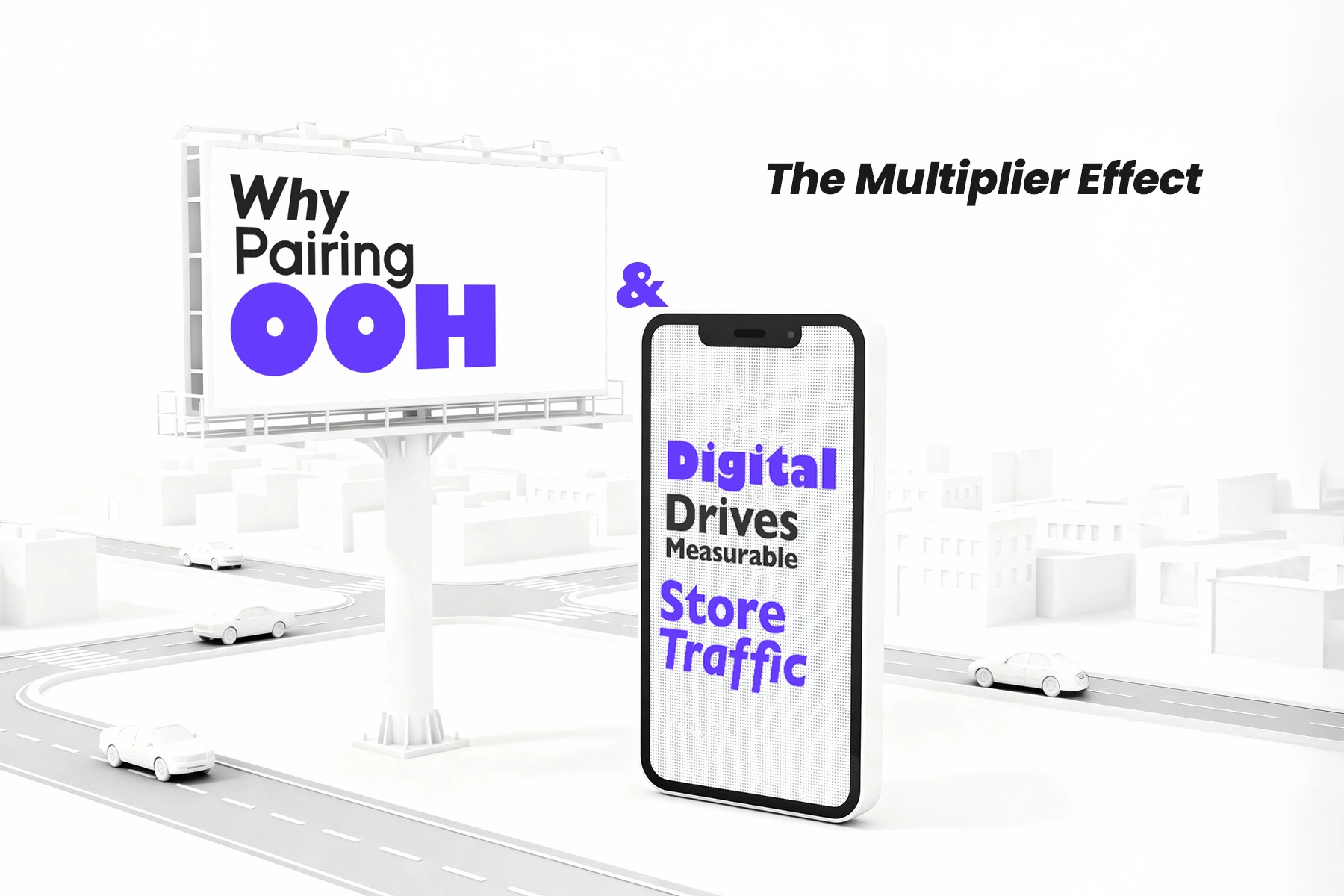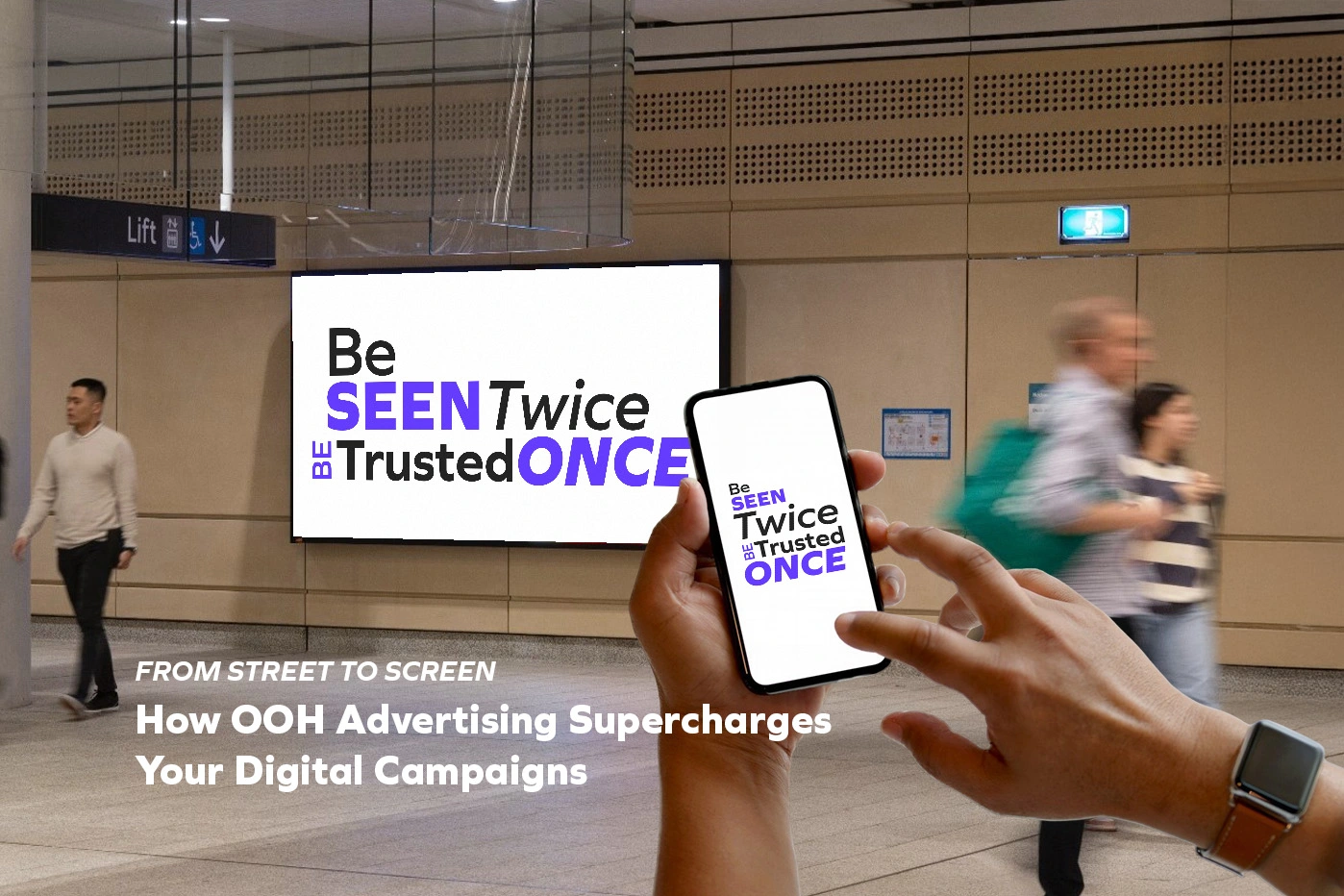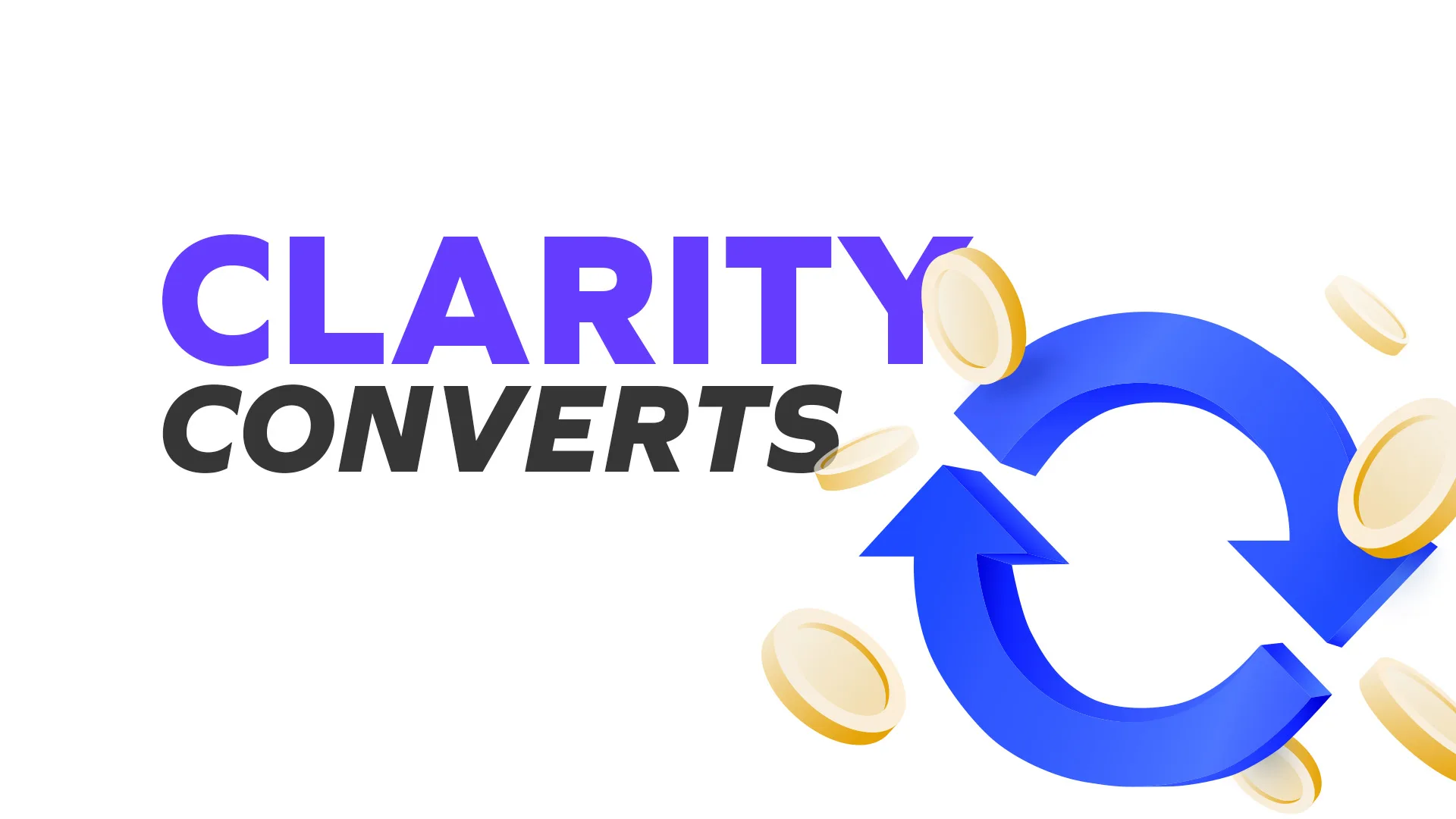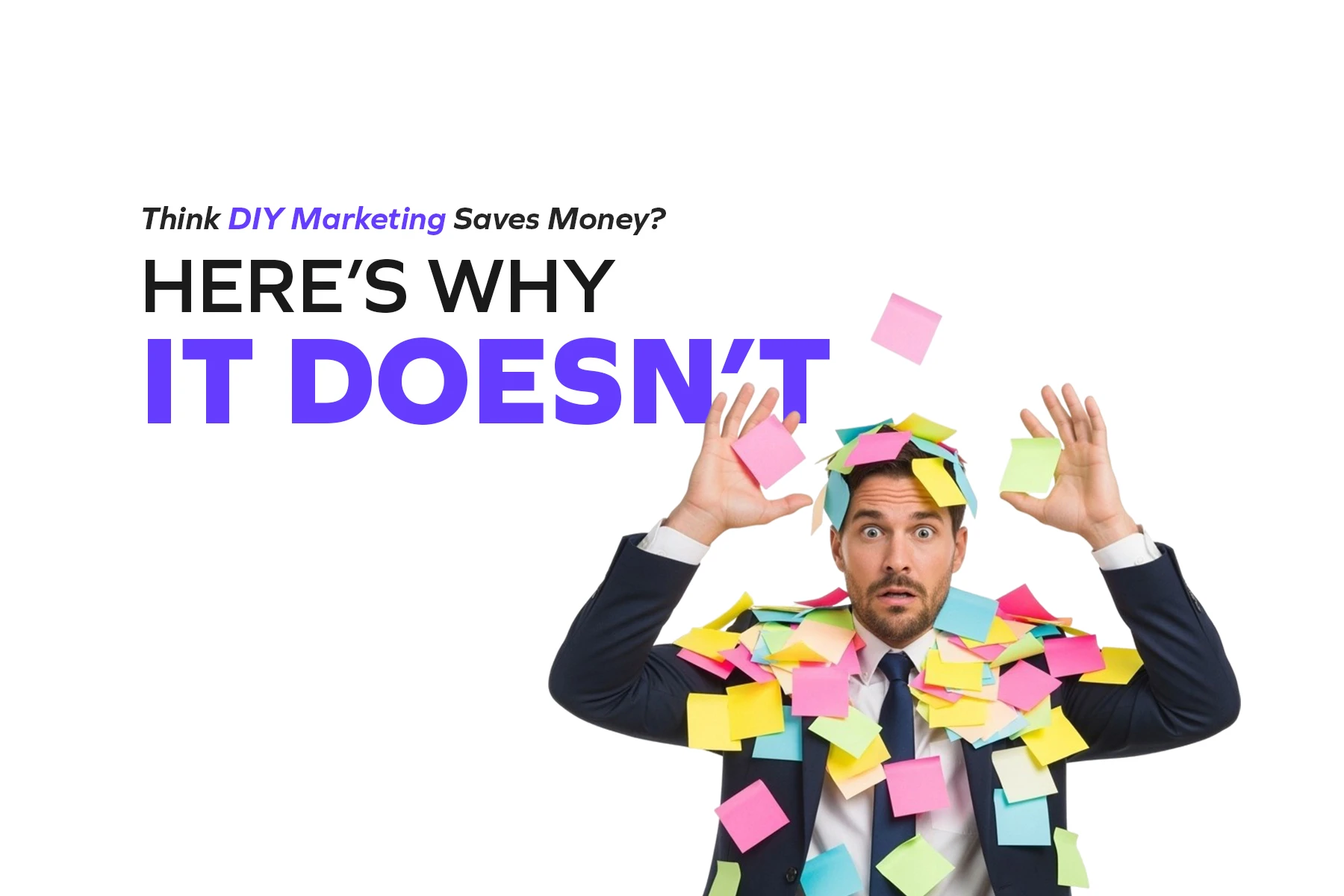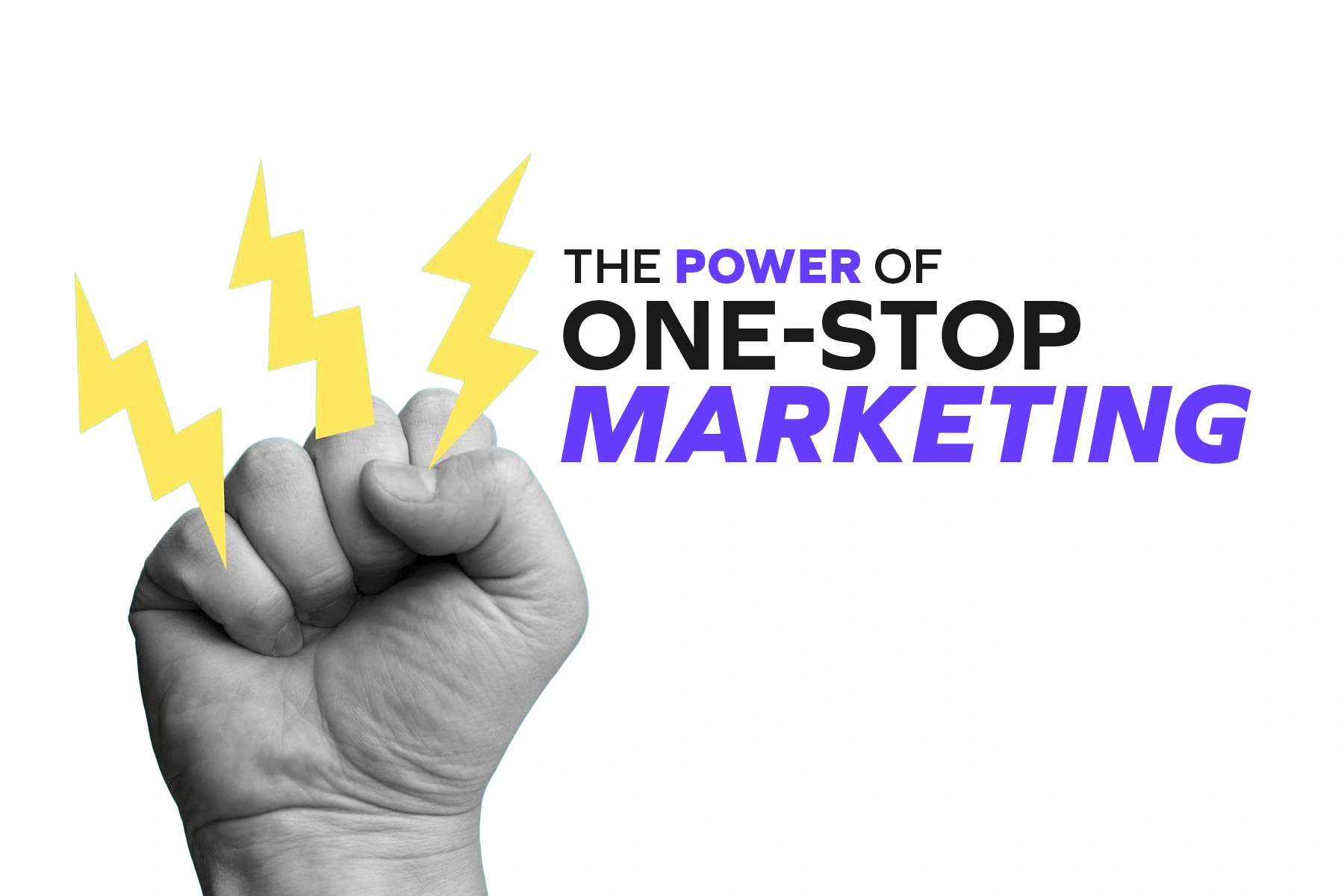There’s something uniquely stressful about staring at a blank social media schedule.
It’s a bit like opening the fridge at 6 pm, realising you forgot to shop, and somehow expecting a gourmet dinner to appear.
The truth is, most businesses know they should be posting regularly. But “regularly” often turns into “when I remember” — and that inconsistency makes it hard to build momentum, trust, or any real connection with your audience.
That’s where a content calendar comes in. Not the boring, colour-coded prison some marketers make it out to be — but a practical, flexible map that helps you show up consistently without burning out.
1. Start With Why — Then Get Specific
Before you even open Excel or a scheduling app, you need to be brutally clear about why you’re posting in the first place.
Is it to:
- Get more people through the door of your local store?
- Establish yourself as the trusted voice in your field?
- Drive online sales for a specific product range?
Vague goals like “grow my socials” aren’t enough. Your calendar should reflect measurable targets — for example:
“Post three short-form videos per week to increase engagement on Instagram by 25% over three months.”
If your goal is specific, your content choices almost make themselves.
2. Know Your People (Like, Really Know Them)
Your audience isn’t “everyone aged 18–65 in Australia.” That’s a census, not a target market.
Dig deeper:
- What do they do on weekends?
- Which platforms are they actually using?
- What frustrates them? Excites them?
For example, a Melbourne-based fitness coach with clients in their 30s might find her audience loves Instagram Reels for quick workout tips but prefers Facebook for community challenges. That insight should directly shape your calendar.
3. Choose Your Platforms Wisely
Social media marketing isn’t about being everywhere — it’s about being where and when it matters. Spreading yourself too thin across TikTok, LinkedIn, Pinterest, and Snapchat might look ambitious, but it usually results in half-baked content.
A good rule:
- One primary platform where you post most frequently and engage deeply.
- One or two supporting platforms where you repurpose content or share updates.
Quality always wins over quantity.
4. Build Your Content “Buckets”
Instead of reinventing the wheel every week, create 3–5 main content categories you can cycle through.
Some ideas:
- Educational – Tips, tutorials, “how-to” posts.
- Community-focused – Customer stories, local events.
- Behind-the-scenes – Your process, team moments, bloopers.
- Promotional – New products, offers, collaborations.
- Opinion/Commentary – Your take on industry news or trends.
These buckets make brainstorming easier. When you sit down to plan the month, you’re not starting from zero — you’re just slotting ideas into the right place.
5. Map Out the Key Dates
A great content calendar doesn’t just track your plans; it taps into what’s happening in the wider world.
Mark down:
- Public holidays and awareness days (from NAIDOC Week to R U OK? Day)
- Seasonal changes (EOFY sales, summer specials, Christmas campaigns)
- Local events (markets, festivals, sports finals)
- Industry-specific happenings (product launches, trade shows)
When your posts connect with something already on people’s minds, they’re more likely to stop scrolling and engage.
6. Decide on a Posting Rhythm You Can Actually Stick To
Here’s the trap: many businesses overcommit. They start with daily posts, burn out within a fortnight, then disappear for three weeks.
Consistency over the long haul beats short bursts of intense posting every time.
Pick a frequency that works with your resources — and be honest about your capacity for creating quality content.
7. Use Tools to Keep Your Sanity (and Let AI Help You Out)
You don’t need expensive software to manage your calendar — even Google Sheets works fine if you keep it simple. But if you want automation, tools like Buffer, Later, or Canva’s Planner let you:
● Schedule posts ahead of time
● See the month at a glance
● Save caption and hashtag templates
These days, AI tools can take things even further. Platforms like ChatGPT, Jasper, or Copy.ai can help brainstorm post ideas, draft captions, or even repurpose long content into short, snappy updates. Tools like Lumen5 or Pictory can turn blogs into quick videos, and Grammarly keeps your writing polished.
The point isn’t the tool itself — it’s creating a system that means you’re not constantly reacting in the moment, and AI can remove a lot of that “blank page” stress.
8. Batch, Don’t Scramble
Content creation is less painful when you do it in batches.
Film several videos in one afternoon. Write a fortnight’s worth of captions in one sitting. Take product photos for the next month in a single shoot.
Batching keeps your tone consistent, saves mental energy, and prevents the “I need a post in the next 30 minutes” panic.
9. Track, Learn, Adjust
Your content calendar should be a flexible guide that adapts to your evolving strategy.
Check your analytics regularly:
- Which posts drive the most clicks, comments, or saves?
- What times of day get the best response?
- Which content types fall flat?
Phase out what misses the mark and invest more energy into what delivers results.
10. Leave Space for the Unplanned
The best calendars allow room for spontaneity. A trending meme relevant to your industry? Post it. A viral sound perfect for your brand? Jump on it.
Aim to leave 10–15% of your schedule open for reactive content — the stuff that keeps you agile and connected to real-time conversations.
Conclusion
A social media content calendar isn’t about creating a rigid, joyless posting routine — it’s about giving yourself a framework so you can be more creative, more consistent, and less stressed.
When you know what’s coming up, you can focus on making each post good, not just getting it done. And when you align your posting with your goals, audience, and the bigger picture, your content stops being random noise and starts becoming part of a purposeful, ongoing conversation.
Plan it, work it, tweak it — and you’ll find that showing up online feels less like a chore and more like an opportunity.
